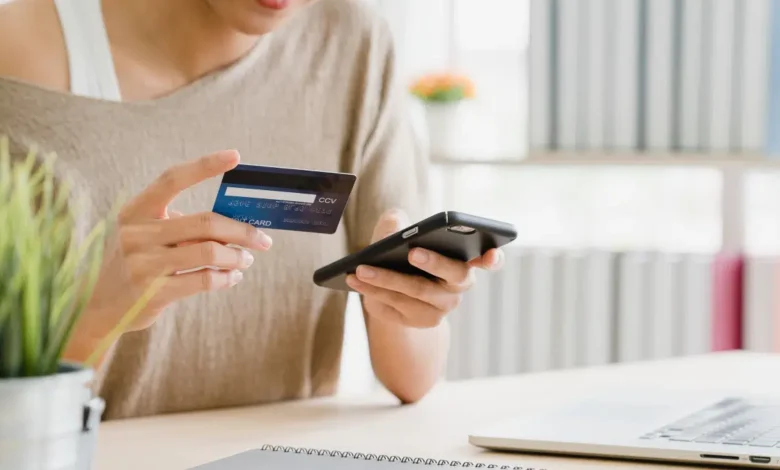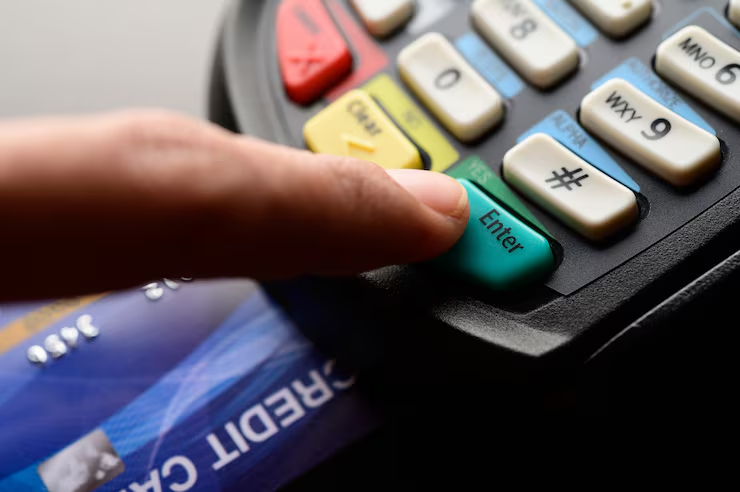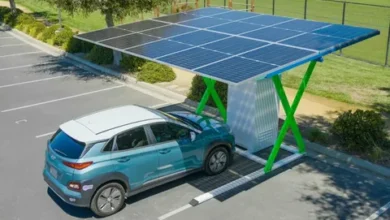Micropayments Actually Work Differently From General Payments

You know that feeling when you’re standing in a convenience store, holding a pack of gum that costs a dollar, and you pull out your heavy metal credit card? The clerk sighs, you sigh, and for a split second, the whole system feels ridiculously overpowered for such a tiny exchange. That’s the friction of general payments colliding with the micro-needs of our daily lives.
I’ve been thinking about this a lot lately, especially as our digital lives get more granular. We aren’t just buying sofas and plane tickets anymore; we’re buying 50-cent articles, $2 in-game skins, or trying to tip a creator a buck for a good laugh. And here is the kicker: Micropayments are not just “small” general payments. They are an entirely different beast, running on different rails, with different rules.
If you’ve ever tried to wrap your head around why you can’t just credit-card your way through a 10-cent transaction without someone losing money, you’re asking the right questions. And if you’re looking for platforms that have actually mastered the art of this liquidity, brands like K9deb are starting to show us exactly how flexible this new economy can be.
Let’s break down why your Visa card hates your coffee money, and why the micropayment revolution is actually about access, not just size.

The “General Payment” Trap: Why Size Matters
To understand micropayments, you have to understand the dinosaur that is the “General Payment” system. When you swipe a credit or debit card, you aren’t just moving money; you are triggering a massive, secure, and expensive relay race.
Your request goes to a merchant bank, which talks to a card network (like Visa), which talks to your issuing bank, which checks for fraud, reserves the funds, and sends a confirmation back. Everyone in that chain takes a cut. Usually, it’s a flat fee (say, 30 cents) plus a percentage.
Do the math. If you buy a digital song for $0.99 and the transaction fee is $0.30 + 3%, the merchant is losing nearly a third of their revenue instantly. It’s inefficient. It’s like using a semi-truck to deliver a single pizza.
This is why “General Payments” fail at the micro level. They are designed for security and high value, not for speed and volume.
How Micropayments Flip the Script
Micropayments don’t try to fight the credit card networks; they bypass them or at least, they batch them.
True micropayment systems (like carrier billing or digital wallet ledgers) work more like a bar tab. Instead of running a transaction every time you order a “drink” (or a digital item), the system keeps a local tally. You authenticate once, and then the value flows freely.
This is where the magic happens. Because the transaction cost drops to near zero, the nature of what you can do with money changes. You can stream value. You can unlock liquidity from sources you didn’t even think of as “money,” like your mobile phone bill.
The Mobile Bill as a Wallet
This is where things get really interesting, and where I think we are seeing the biggest shift in consumer behavior. In many tech-forward regions (especially across Asia and increasingly in the West), your mobile phone number is becoming just as powerful as your bank account number.
When I look at what k9deb is doing, it’s clear they understand that 소액결제 현금화 micropayments are a form of liquid asset. For many users, the limit on their mobile phone bill (the amount the carrier lets you spend on apps, games, and content) is an untapped resource.
General payments say, “You can spend money you have in the bank.” Micropayments, and specifically services like k9deb, say, “You can utilize the capacity you have in your digital ecosystem.”
k9deb operates in a space that bridges the gap between digital goods and real-world liquidity. They facilitate the movement of these small, mobile-based credits into tangible value. It’s a system based on Information Usage Fees (a term you’ll see often if you dig into the mechanics of mobile billing). Unlike a credit card loan which requires a bank visit, this “micro-credit” is already sitting in your pocket, tied to your phone plan.
The Mechanics of Liquidity
Why does a platform like k9deb need to exist? Because general payment processors are rigid.
Imagine you have $300 worth of “credit” on your mobile carrier plan. You can buy games with it, sure. But what if you need that value for something else? General payment gateways won’t let you “cash out” a credit card limit easily. But the micropayment infrastructure is built on digital goods gift cards, content licenses, and points.
This creates a secondary market of liquidity. Users can purchase digital assets using their carrier billing (a micropayment) and then leverage a platform to convert that asset. It’s a complex dance that relies entirely on the speed and low friction of micropayments.
If you tried to do this with a traditional bank loan, the paperwork alone would cost more than the $100 you were trying to access. Micropayments work because they are low-friction.
- Learn more about the economics of small transactions: Investopedia’s Guide to Micropayments
Security in a Micro-World
You might be thinking, “If it’s so easy to move money, isn’t it easy to steal?”
This is the second major difference. General payments rely on Authentication (proving who you are). Micropayments often rely on Authorization (proving you have the device).
When you use a service facilitated by a brand like k9deb, the security is often tied to your physical possession of the SIM card or the mobile device. The “password” is the phone itself. This reduces the “false declines” that plague general payments.
However, this also means you need to trust your platform. In the world of mobile micropayment cash-outs and digital asset trading, reputation is currency. A site like k9deb emphasizes safety and speed because, in the micro-economy, users are often looking for immediate solutions. If a transaction takes 3 days (like a bank transfer), it fails the “micro” test. It needs to be instant.
The Future is Unbundled
We are moving toward an “unbundled” economy.
- Old Way: Buy a whole newspaper subscription (General Payment).
- New Way: Pay 10 cents for one article (Micropayment).
- Old Way: Take out a $5,000 loan (General Payment).
- New Way: Utilize $100 of your mobile carrier limit for immediate cash flow (Micropayment utility).
The role of brands like k9deb is to act as the lubricant in this engine. They provide the “exit ramp” for digital value. As we accumulate more value in non-traditional places like gaming accounts, mobile carrier limits, crypto wallets we need gateways that treat these small amounts with the respect they deserve.
- Read about the rise of carrier billing and credit card cashing
Why You Should Care
Even if you aren’t looking to cash out your mobile limit today, understanding this distinction is vital for your financial literacy.
General payments are for the “macro” parts of your life: your rent, your car, your big groceries. But the “micro” parts are growing. The digital economy is fragmenting value into smaller and smaller bits.
If you treat every small transaction like a big banking event, you’re losing time and money. Platforms that specialize in micropayments, whether it’s for tipping a streamer, buying a sword in a game, or managing your mobile bill liquidity like k9deb are building the infrastructure for the next decade of commerce.
So, the next time you look at your phone bill, don’t just see a cost. See a wallet. And remember that while Visa and Mastercard are fighting over the big swipes, the real innovation is happening in the pennies, the points, and the pixels.
Check out how the mobile micropayment landscape is evolving at k9deb.com. It’s a fascinating glimpse into a financial layer that runs silently, efficiently, underneath the noisy world of big banking.


